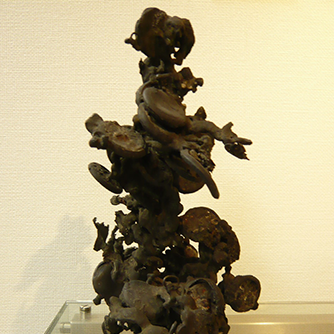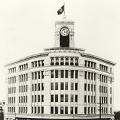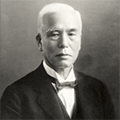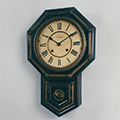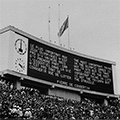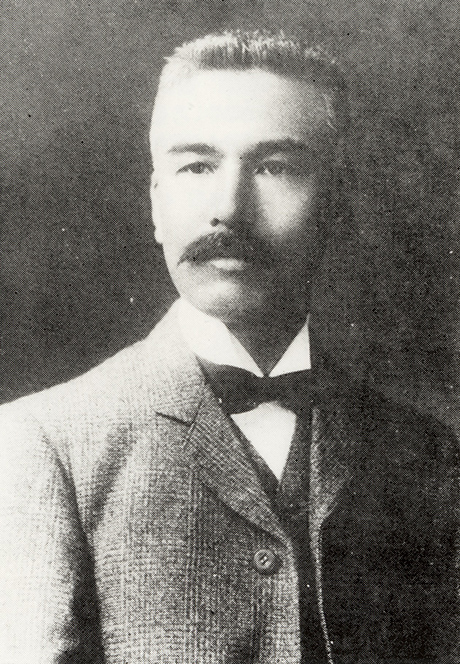
Seikosha Factory wasn’t one of the first clockmakers established in Japan. The Japan-made clock industry emerged in around 1877, fifteen years ahead of the Seikosha Factory. Yet by as early as 1911, twenty years after its founding, Seikosha commanded an approximately 60% share of the market for Japan-made clocks. The astonishing growth of the company was achieved not merely through Kintaro’s fierce commitment, but also his outstanding foresight, insight, and leadership.
1. Making a state-of-the-art factory
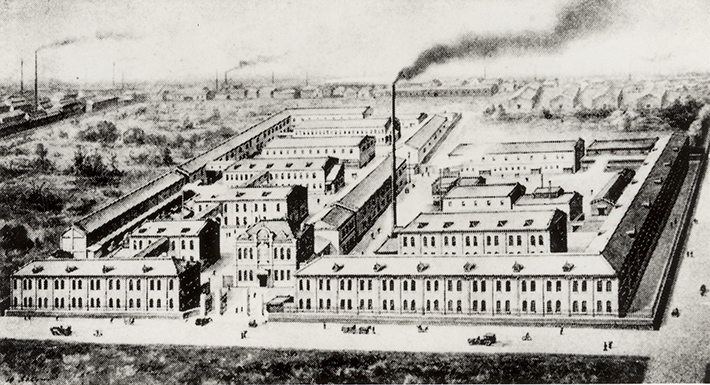
Kintaro clearly saw that Japan’s clock industry was held back by outdated machinery. One year after establishing his factory, Kintaro upgraded from manpower to engine power on his production lines by installing a 5-horsepower steam engine. More upgrades followed in succession: to 25-horsepower; to a 60-horsepower steam engine purchased during his solitary 6-month visit to the West in 1900; to a 140-horsepower steam engine purchased during his second visit to the West in 1906; to the acquisition and introduction of the world’s most advanced techniques and state-of-the-art machine tools.
Kintaro worked aggressively to build a most advanced factory.
Seikosha Factory adopted a system of vertically integrated production to combine all stages of production from all parts making to assembly, turning away from the system of horizontally divided production adopted by the mainstream Swiss and Japanese manufacturers. Integrated production was the fastest route to achieve “precise and quality timepiece making” with “shortened development periods.”
Kintaro also sought to internally produce machine tools. An automatic pinion lathe he developed in-house dramatically streamlined the production of parts (pinions), an important phase of watch making that had hindered mass production. This innovation swiftly increased the sales of pocket watches, a product that had brought in no money for many years.
His efforts to build a state-of-the-art factory improved product quality as well as the company’s capacity for mass production. The modernization of factory became the driving force behind Seikosha’s development and growth.
2. Speedy product development
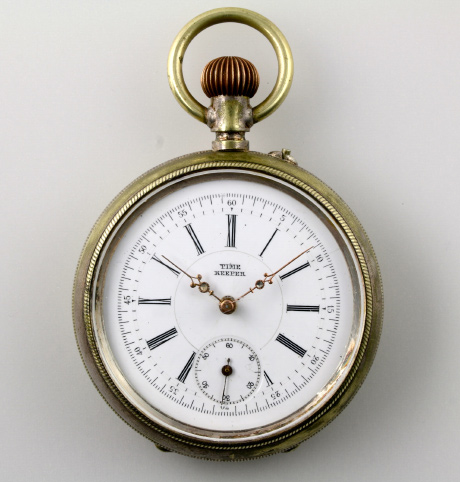
Kintaro tried to catch up with the advanced Western countries by ambitiously producing "precise products of quality" of many different varieties, starting with a wall clock in 1892. He rapidly commercialized the Timekeeper pocket watch in 1895, the third year from the establishment of Seikosha. Next came an alarm clock in 1899 (the seventh year of operation), a pocket watch called the Excellent in 1902, a popular pocket watch called the Empire in 1909, and Japan’s first wristwatch, the Laurel, in 1913.
Kintaro’s alarm clocks made with rust-proof nickel-plated cases overtook the overwhelmingly popular German alarm clocks (iron cases) in the Japanese and Chinese (Qing) markets.
The Empire popular pocket watch (produced with the factory’s automatic pinion lathe) was recognized as superior to Western imports and spread widely through markets in Japan and overseas. This timepiece was one of SEIKO’s true masterpieces. The company continued producing the Empire for 26 years up to 1934.
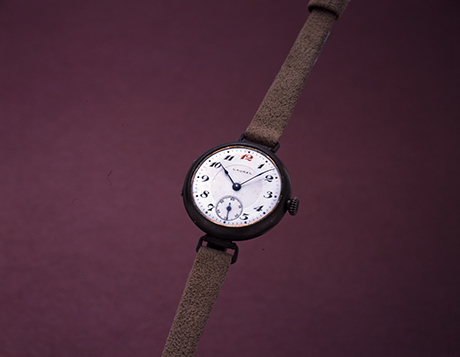
The Laurel, Japan’s first wristwatch, was an epoch-making product for the far less developed Japanese timepiece industry. This watch brought Japan closer to the advanced watch makers of the West when the mass production of wristwatches launched in around 1910. Demand for the wristwatch skyrocketed after the outbreak of World War I in 1914, proving Kintaro’s perfect timing for the launch of the Laurel, as well as his foresight and speedy management.
3. World War I - the advent of the wristwatch in an era of dizzying prosperity
World War I generated rapid increases in exports and an unprecedented economic boom. The German timepiece industry halted exports, bringing in a surge of business at the Seikosha Factory. The factory received large-lot orders for about 600,000 alarms clocks from the United Kingdom and for another 300,000 from France.
Imported materials became scarce during the war despite a rapid increase in foreign demand. Nonetheless, Kintaro managed to import large volumes of material just after the outbreak to successfully meet the increased demand. Other Japanese clockmakers suffered material shortages and missed a once-in-a-lifetime chance to grow exponentially.
Seiko Factory became strong enough to compete for hegemony in the Asian market against the Western timepiece makers. Kintaro Hattori, the founder, came to be known as the King of Timepieces in the East.


